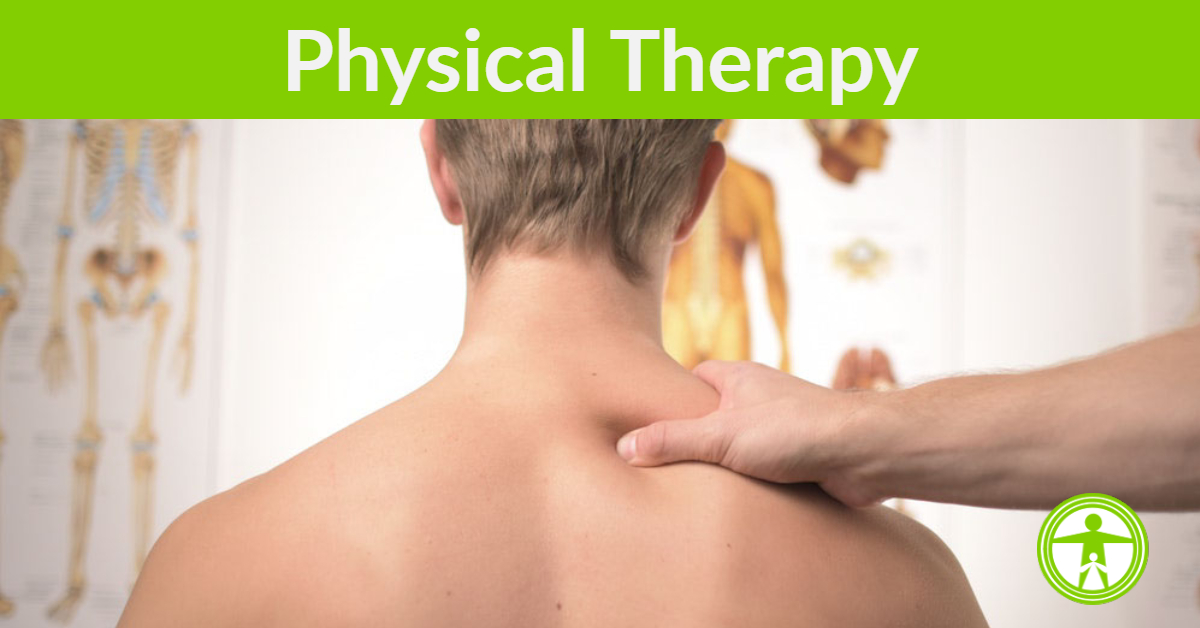Types of Physical Therapy
Corrective Exercise Specific to Your Rehab Needs Leads to Functional Improvements
We offer some of the best physical therapy Austin, TX can offer, addressing injuries induced by both chronic stress and physical trauma. For example, Carpal Tunnel is a common condition that people who live in Austin see Dr. Daniel Gonzalez about. Whether it's due to compressed nerves, repetitive stress disorders, arthritis and or neck problems, we are confident that we can help! Injured in sports, exercise, or an accident? We can help with those, too. We'll address the pain and help you build a manageable program of exercise, stretching, and other techniques to restore function.
At Family Health Chiropractic, we offer various forms of some of the most effective physical therapy Austin, TX has to offer. Treatment modalities include manual therapies, therapeutic exercises, and neuromuscular re-education.
Physical therapy is used to help correct and restore neuromusculoskeletal function including flexibility, mobility, strength, and balance. As the best physical therapist in Austin (just check out our reviews) we are confident we can improve your symptoms and help you work to restore function.
Loss of proper muscle and joint function are common effects that can lead to injury and/or be a result of an injury. Therefore, it is extremely important that physical therapy is considered as a part of your overall treatment plan. This form of therapy has been shown to be most effective in helping to improve function in more long-term, chronic conditions (ones where symptoms are present for at least 3 months). It also has a role in helping to prevent future recurrences of injury.
If you are in or near Austin and looking for a physical therapy nearby, come see us for a consultation. We look forward to helping you feel (and be) better!
Manual Therapy
Manual therapy techniques are skilled hand movements and skilled passive movements of joints and soft tissue and are intended to improve tissue extensibility; increase range of motion; induce relaxation; mobilize or manipulate soft tissue and joints; modulate pain; and reduce soft tissue swelling, inflammation, or restriction. Techniques may include manual lymphatic drainage, manual traction, massage, mobilization/manipulation, and passive range of motion. The range of techniques and personalized plans we create are one of the secrets of our reputation offering some of the best physical therapy Austin, TX has available.
Therapeutic Exercises
The first goal of any therapeutic exercise plan is to reduce pain and inflammation.
Next, the goal may shift to regaining range of motion, rebuilding muscle strength, and developing endurance.
Therapeutic exercise programs may include:
- Strengthening exercises: To develop strength, the emphasis is on heavy resistance and a limited number of repetitions.
- Endurance exercises: To develop endurance, large muscle groups are engaged for a longer period of time.
- Flexibility exercises: To develop flexibility, stretching and movement are emphasized.
- Balance and coordination exercises: To develop balance and coordination, the emphasis is on center of gravity.
- Functional movement assessment: The Selective Functional Movement Assessment (SFMA) is a movement-based diagnostic system that assesses seven movement patterns. This system quickly identifies the root cause of musculoskeletal pain symptoms, allowing providers to select therapeutic exercises that will address the underlying problem.
Neuromuscular Reeducation
The American Medical Association defines neuromuscular reeducation as the use of therapeutic exercise techniques to improve impaired movement, balance, coordination, decreased kinesthetic sense, and impaired proprioception (sense of one’s location in space). Two key approaches for neuromuscular reeducation therapy are proprioceptive neuromuscular facilitation (PNF) and muscle energy techniques (MET).
Proprioceptive Neuromuscular Facilitation (PNF) retrains the nervous system in two ways. First, it stimulates proprioceptors, which are receptors in joints that relay information about the body’s position through the nervous system to the brain. Second, it uses a particular pattern of stretching to help increase movement. PNF can be a particularly effective treatment modality. Patients who are in pain are often unaware of the various ways that their bodies compensate for that pain, and these unconscious adaptations can introduce new sources of pain. The stretching patterns and sense of body positioning can help make patients aware of the unhealthy, painful postures and promote greater strength and flexibility.
Muscle Energy Techniques (MET) is a form of active resistance that involves a patient resisting a gentle force that a provider applies. Contracting muscles against the provider’s resistant involves an active, voluntary action on the part of the client that engages higher brain function. The idea behind this technique is that involvement of higher brain function empowers the client, making the patient an active part of the treatment process, which can result in changing chronic pain patterns. MET has numerous positive benefits for injured tissues. It stimulates the growth of new cells, helps realign and strengthen connective tissues, lengthens tissues if necessary, increases range of motion, and balances muscle strength across joints. Overall, it provides a gentle alternative to traditional manipulation.
Physical Therapy In Austin
If you live in the Austin area and are in need of physical therapy near you, let Dr. Daniel, the best physical therapist in Austin, help you figure it out!
Here at Family Health Chiropractic, treatment is only the beginning of how we can help you live a happy, healthier life. We're on a mission to make our community healthier and even more dynamic.
Click here to sign up for a consultation with Austin’s Best Chiropractor today!



